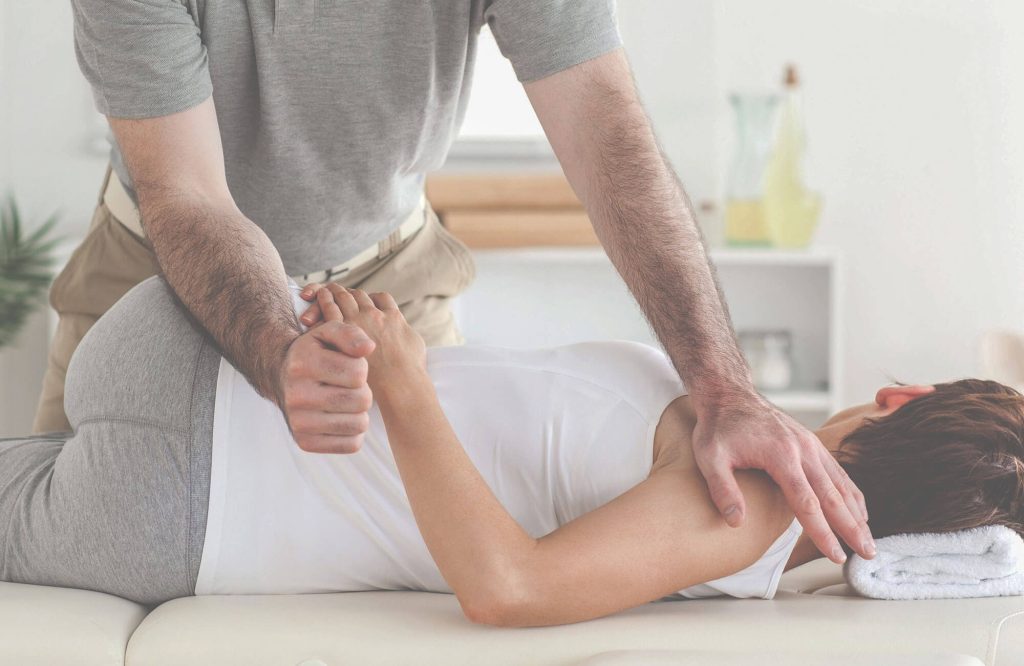The summer season has come and gone, which means that winter sports are gearing up and pre-seasons are starting. That means it is time to get back, build up our fitness and get ready for the winter months.
One really important factor of building fitness and preparing ourselves for the upcoming season, is making sure that we are warming is consistently, correctly, and effectively. If you ask us, warm-ups should never be passed over. A good warm-up routine has very real benefits and is essential if you want to limit your chances of encountering a sports injury.
We have broken it down to four important reasons why warm-ups are so important:
1. Warm-ups protect you from sports injuries.
Most of us have a general understanding that warm-ups prep our muscles for the workout or sport activity that is about to follow-but do you know how the mechanics work?
Warm muscles are more elastic – they’re more capable of contracting and relaxing, which reduces your chances of accidentally causing an injury.
To properly prepare your muscles and increase your mobility, physiotherapists suggest any warm-up routine should include time spent on performing the exercise you’re about to undertake at a slow pace.
Typical examples include a slow jog for running, a gentle cycle for a spin class or a slow swim before building up speed in the pool. Follow this with some sports-specific movements relevant to the activity you’re about to perform. Try service motions for tennis, jumping and landing for netball or side stepping for football
2. Warm-ups can improve mechanical performance.
Greater resistance to injury isn’t the only thing warm-ups can do for you – they can also enhance your performance. Like we mentioned before, your muscles are more elastic and flexible following a goof warm-up routine.
On top of insulating you against sports injuries, this also directly translates into improved:
- Flexibility
- Speed
- Strength
- Range of motion
… all of which directly impact your performance.
3. Warm-ups improve your blood flow.
Your cardiovascular system supplies blood and oxygen on an as-needed basis. In fact, many of the small vessels that directly supply tissue with blood are closed for business while you’re at rest.
Going straight from resting into exercise means that you’ll be starting with your muscles only receiving a fraction of the crucial blood flow they need to function. By warming up, we are opening the capillaries and increasing blood flow.
This will dramatically increase the supply of oxygen available to working muscles, as well as all the important fuels, such as:
- Oxygen
- Glucose
- Proteins
4. Warm-ups get you pumped.
… and we don’t just mean physically – warm-ups also have plenty of psychological benefits too!
A crucial part of the warm-ups process is getting into the right headspace to beat your PB or the competition. Warm-ups clear the mind, increase focus and give you an opportunity to psych yourself up.
We’re not just speaking from personal experience either – the unanimous verdict is that among other things, exercise:
- Relieves stress and tension
- Promotes serotonin (the brains “happy’ chemical)
- Improves concentration and focus
A warm-up also provides these benefits – just on a smaller scale. Most importantly, warm-ups get you “in the zone”.
The right way to complete a warm-up routine: Advice from a physiotherapist:
1. Keep it short
Our recommendation is that your routine shouldn’t go for longer than 10-15 minutes at most. The reason this is recommended is because warming up for too long can overwork you before starting your actual activity.
2. Tailor it to your workout
While it is best to go through a full-body warm-up, we recommend focussing on the muscle groups that your workout or sport engages.
For example, if you are a netballer, that means incorporating movements that focus on the correct agility, jumping and landing techniques. This will prepare your body for rapid changes and load through the lower limbs.
3. Avoid static stretches
Now let’s be clear: there is a place for stretches. However, far too many people do them wrong.
One mistake is to focus on static stretches. That means holding certain stretches, which can lead to pulls ad tears and isn’t as effective at prepping your muscles. Instead, we recommend dynamic, loaded stretches. Continuously cycle through different stretches, and don’t hold any one position for more than a couple of seconds.
If this relates to you, or you would like assistance with setting up a program, don’t hesitate to book now with one of our physiotherapists.





